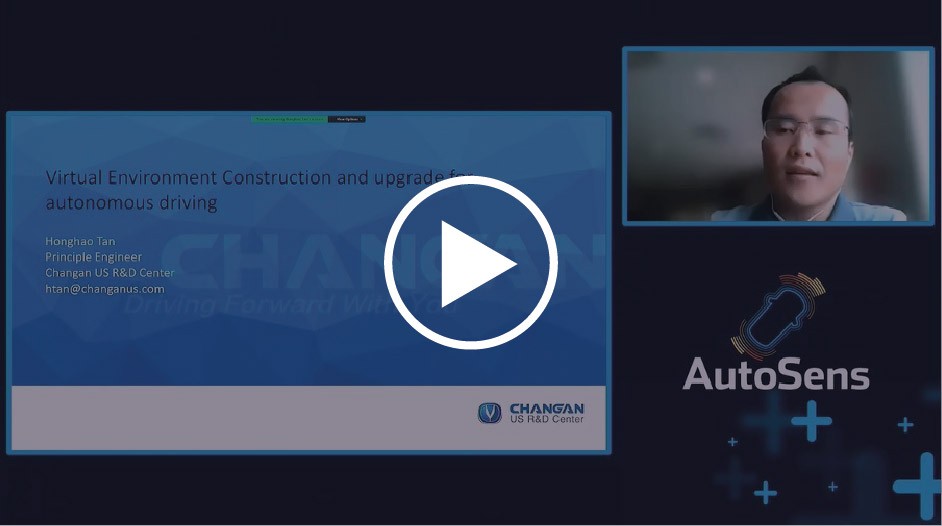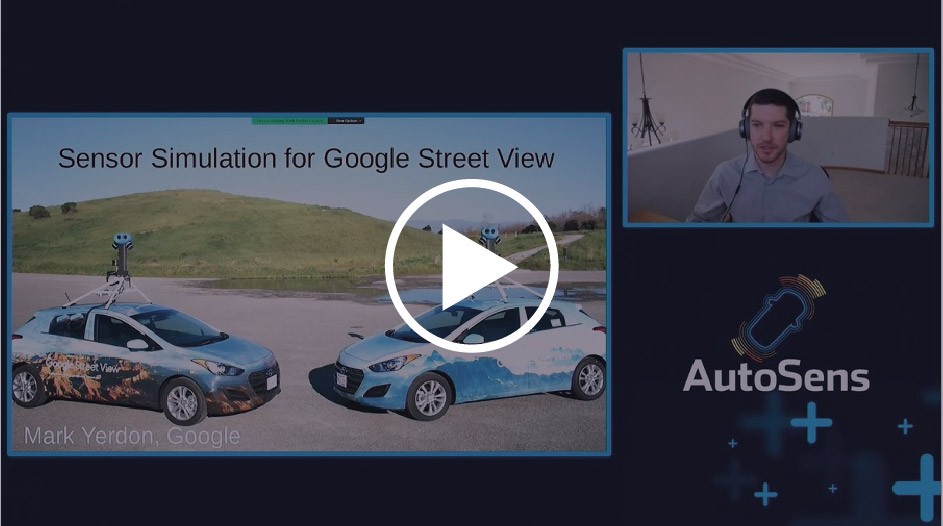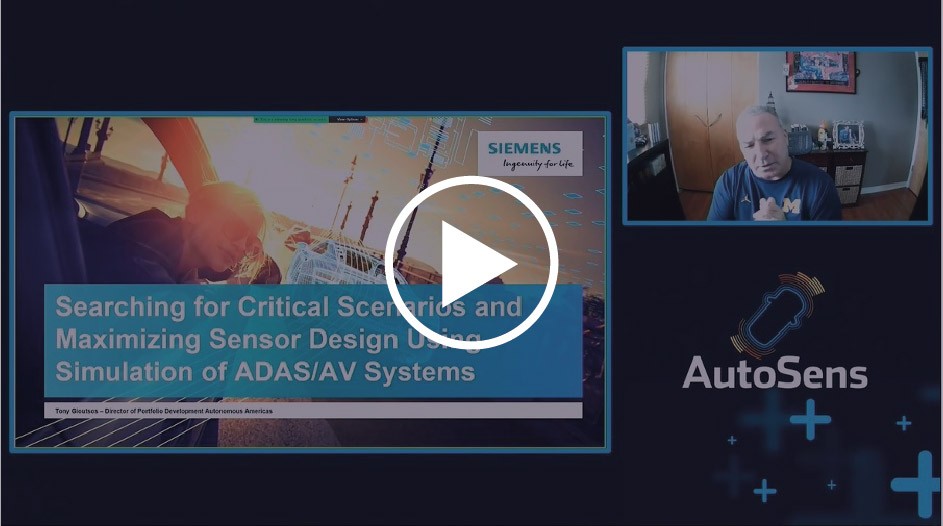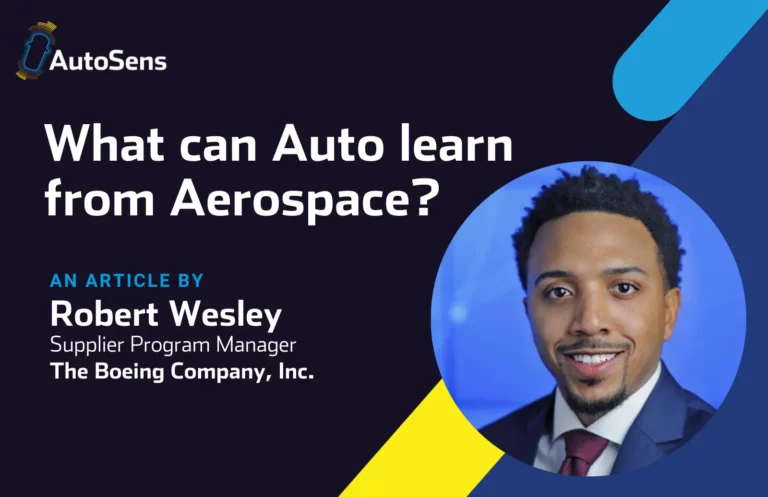Focus sessions from AutoSens, bring you in depth discussion on a range of important topics, and this session’s theme is simulation. Not an AutoSens conference goes by without someone in the plenary saying, “We can’t drive these billions of miles needed to validate without simulation.” And it’s true. I’m always blown away by the level of detail in demos of state-of-the-art simulation software.
I also remember back when Google Earth was launched spending hours zooming in and out, exploring the famous world heritage sites, as well as the boring back street in Nottingham where I lived, so I’m very excited to hear from Google in this session.
Today, these 3D, physics-real models are used to help develop, refine and test automotive technology, and we’re going to hear a lot more about the latest challenges, case studies and capabilities from our expert speakers.
But we’re here to talk about automotive simulation, and one company making great headway in this domain is Chinese OEM Changan. The first session from Honghao Tan, Principal Engineer at Changan US R&D Center explores the latest NCAP requirements and how simulation is an essential component of demonstrating ADAS technologies involving response to other drivers. He talks about the relative merits of the more mature simulation platforms vs the latest collaborative platforms, and talks through Changan’s work in modelling the behaviour of other road users.
Hear more from Honghao here (from 3:19 in the video):

Following that we have a panel on the topic “Sensor Simulation for AV Systems – the key link to get to level 4/5?” chaired by Prof. Dr. Alexander Braun, Professor of Physics, University of Applied Sciences, Duesseldorf including mini-presentations from our two guest speakers from Google and Siemens:
- Mark Yerdon, Mechanical and Systems Engineer, Google
- Mike Phillips, Team Lead, Siemens Digital Industries Software
Here you’ll hear about the sensor rig Google uses for StreetView, including detail about the operational challenges and how simulation is starting to be a key tool to help them optimise data capture by simulating different sensor and rig calibrations in different recording environments.
Mike Philips from Siemens takes it a step deeper in terms of approaches to specific sensor simulations, and the state of the art in lidar simulation. Prof Braun then brings the discussion together in a panel exploring these five key questions:
- A digital twin is required for the vehicle, the virtual world and the ego vehicle including all (relevant) components, but how detailed does this need to be?
- How correlated to reality does sensor simulation need to be?
- Can we run massive simulations on the cloud to gain insight into performance?
- Is it possible to “turn on a switch” and let an optimization program determine the best design?
- Can we find critical scenarios (edge cases) without driving millions of miles?
There are some interesting insights into when and how to deploy the processing power and highest fidelity models, how to optimise your sensor set up based on simulation results, and lots more, it’s well worth a listen…
Hear more from the panel here (from 24:13 in the video):

And finally, we have a closing session from Tony Gioutsos, who leads product development for Siemens’s US simulation suite of products, but more importantly, he has been a key figure in developing simulation technology since way before the recent excitement about autonomous vehicles.
Tony explains how it’s possible to plan intricately detailed testing scenarios to explore how your ADAS system will react in a near-infinite range of scenarios and use this to detect edge cases specific to your system and setup. By recreating those situations for mis-detections, false positives, and a range of outcomes in between, you can perform highly detailed optimisation to drive the best possible real-world results from ADAS and AD safety performance.
Hear more from Tony here (from 1:12:58 in the video):

This is a really insightful session, and we’ll have one more FOCUS session before we head to Brussels for our first face-to-face event in TWO YEARS! We’ll be going live from 15-16th September in Brussels, Belgium, and can’t wait to see the AutoSens family again in the famous AutoWorld museum.
Tickets are on sale now, it’s free to attend for OEM and Tier 1 companies, and we’ve got all the latest COVID safety measures in place, and an amazing agenda waiting for you!
So we hope to see you there, thanks for tuning in and watch out for news of our next FOCUS session.







